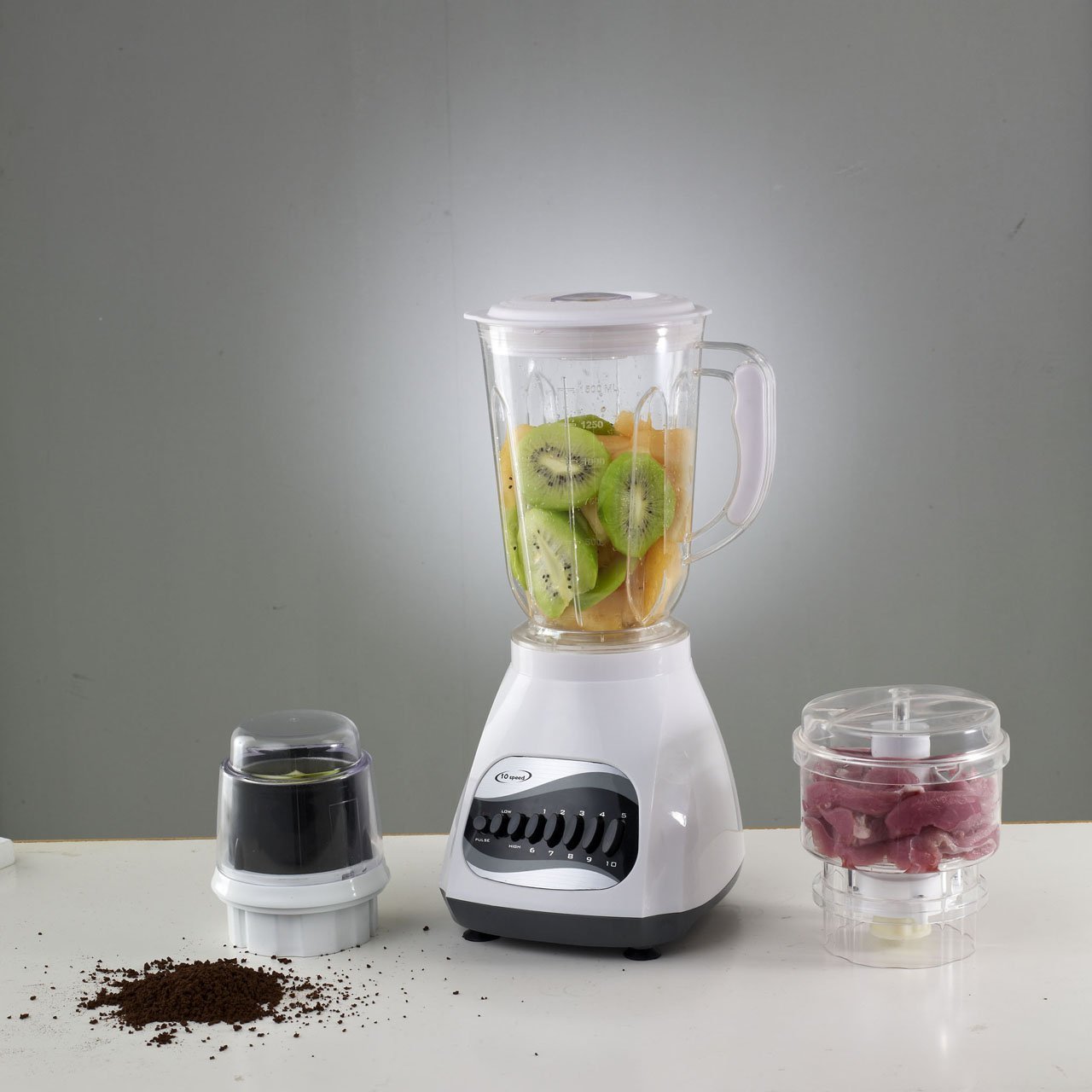How to Make Nutritious Smoothies with Fruit and Vegetables
Smoothies are blended beverages that combine whole fruit, vegetables, liquids, and often extras like seeds or yogurt for texture and nutrients. They can be a convenient way to increase daily intake of produce and to enjoy varied flavors. With the right balance, a smoothie can serve as a light drink, a snack, or part of a meal depending on ingredients and portion size.

This article is for informational purposes only and should not be considered medical advice. Please consult a qualified healthcare professional for personalized guidance and treatment.
What is a smoothie?
A smoothie is a cold, often creamy drink made by blending whole fruit and/or vegetables with a liquid base such as water, milk, or plant-based milk. Unlike juices, smoothies retain fiber from whole produce, which slows sugar absorption and supports fullness. Typical additions include plain yogurt, nut butters, seeds, or oats to boost protein and healthy fats. Texture and thickness vary: add more liquid for a sip-style drink or more frozen fruit and ice to create a spoonable consistency.
Which fruit works well in smoothies?
Common fruit choices for smoothies include bananas, berries, mango, peaches, and apples. Bananas add creaminess and natural sweetness; berries contribute antioxidants and vibrant flavor with lower sugar; mango and peaches offer tropical notes and smooth texture. Frozen fruit is convenient, reduces the need for ice, and keeps smoothies cold. Aim to combine fruits with different textures and sweetness levels to create balanced flavor. A mix of one to two cups of fruit per serving typically yields good taste and nutrient density.
How to include vegetables in a smoothie?
Vegetables can be blended into smoothies to increase vitamins, minerals, and fiber without dominating flavor. Mild options include spinach, kale, cucumber, and cooked beets. Spinach blends smoothly and has a mild taste; kale is slightly stronger and may benefit from citrus or sweeter fruit to balance bitterness. Steaming or lightly cooking hearty greens can reduce raw bitterness and improve digestibility for some people. Start with a small handful of greens and increase gradually as you refine combinations and taste preferences.
What blender should you use?
A blender suitable for smoothies should have enough power to pulverize frozen fruit and fibrous vegetables. Personal or single-serve blenders are convenient for quick drinks and small batches, while countertop blenders with motors rated 500 watts or higher handle tougher ingredients and larger volumes more reliably. Look for models with a pulse function, variable speeds, and easy-to-clean containers. High-speed blenders can yield smoother textures from seeds and fibrous greens; however, many mid-range blenders also produce acceptable results if ingredients are prepped (chopped, slightly thawed) and blended in stages.
Is a smoothie a drink or a meal?
Whether a smoothie counts as a drink or a meal depends on its ingredients and portion. A simple fruit-and-water smoothie might be a refreshing drink or snack, while one that includes protein (yogurt, protein powder, nut butter), healthy fats (avocado, seeds), and fiber-rich produce can meet macronutrient needs for a light meal. Consider your activity level and hunger: for sustained energy, include a balance of carbohydrates, protein, and fat. Portion control matters—smoothies can be calorie-dense when they contain multiple high-calorie additions like nut butters and full-fat dairy.
Conclusion
Smoothies offer a flexible way to combine fruit, vegetable, and other ingredients into a single, portable blend. Choosing the right proportions and a capable blender helps achieve preferred texture and nutrition. Whether enjoyed as a quick drink, a nutrient-rich snack, or a meal substitute, thoughtful ingredient choices—whole fruits, a portion of vegetables, and a source of protein or healthy fat—support more balanced outcomes. Adjust recipes to taste and dietary needs, and consult a healthcare professional for personalized nutrition guidance.




